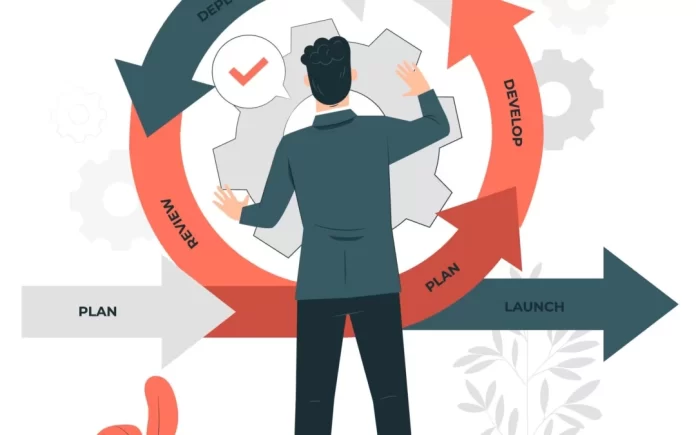Developing an MVP (Minimum Viable Product) for a startup can be a challenging task. Startups need to build a product that meets the needs of their target customers while keeping costs low and time-to-market short. In 2023, with the rapid advancements in technology, it’s important to have a solid plan in place to develop an MVP quickly and cost-effectively. In this article, we will discuss how to develop an MVP for startups faster and with lower costs in 2023.
Define your target audience and MVP goals
The first step in developing an MVP is to define your target audience and MVP goals. This will help you understand the features and functionalities that are essential for your product. The more specific you are about your target audience and goals, the easier it will be to develop an MVP that meets their needs.
Use no-code or low-code tools
In 2023, there will be many no-code or low-code tools that can help you develop an MVP quickly and with lower costs. These tools allow you to build a product without writing code, which can save you time and money. Some popular no-code or low-code tools include Bubble, Webflow, and Airtable.
Leverage cloud computing
Cloud computing is a powerful tool that can help you develop an MVP faster and with lower costs. With cloud computing, you can access a variety of computing resources, such as servers, storage, and databases, on-demand. This can save you the cost of purchasing and maintaining physical hardware, and also enable you to scale up or down as needed.
Outsource development
Outsourcing development can be a cost-effective way to develop an MVP quickly. You can hire a team of developers who are experienced in developing MVPs and can work on your project on a part-time or full-time basis. This can save you the cost of hiring a full-time team and also enable you to access a broader pool of talent.
IT outstaffing
IT outstaffing can help startups develop an MVP faster and with lower costs by providing access to a larger pool of developers with diverse skill sets. Outsourced teams can use their expertise to develop MVPs using no-code or low-code tools, which can save time and reduce development costs. Additionally, outsourcing eliminates the need for recruiting and training an in-house team, which can be expensive and time-consuming. IT outstaffing companies typically provide dedicated project managers to oversee the development process, ensuring timely delivery and quality output. Overall, outstaffing can be an effective way for startups to efficiently build their MVPs while minimizing costs and accelerating their time-to-market.
Test and iterate
Once you have developed an MVP, it’s important to test it with your target audience and iterate based on their feedback. This will help you refine your product and ensure that it meets the needs of your target customers. By testing and iterating, you can also avoid costly mistakes and ensure that your product is successful in the market.
Developing an MVP for a startup can be a challenging task, but by following these steps, you can develop an MVP faster and with lower costs in 2023. Defining your target audience and MVP goals, using no-code or low-code tools, leveraging cloud computing, outsourcing development, and testing and iterating are the key steps in the process. By developing an MVP quickly and cost-effectively, you can validate your product idea and get a head start in the market. Voypost is an MVP development company with extensive experience in developing high-quality and cost-effective MVPs for startups. They have experienced remote developers who use no-code or low-code tools, cloud computing, and outsourcing to develop MVPs quickly and efficiently. With a focus on testing and iterating, Voypost ensures that MVPs meet the needs of target audiences and enable startups to get a head start in the market.










